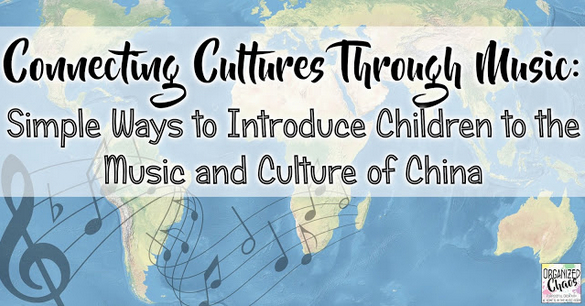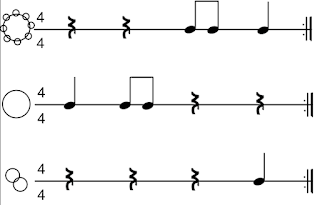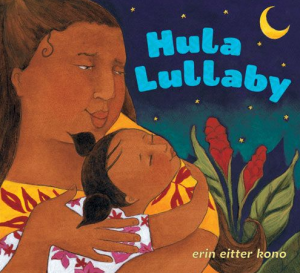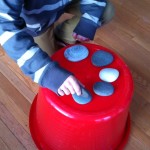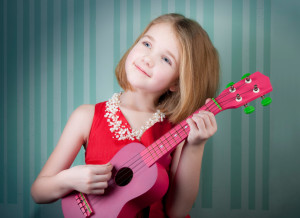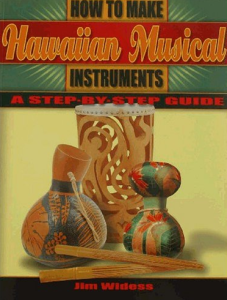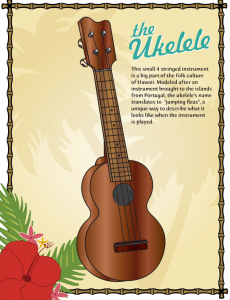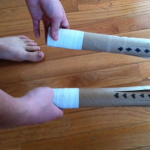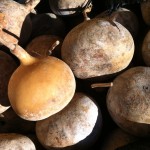I know this is not exactly a traditional way to start, but I usually use a clip or two of 12 Girls Band to first introduce children to Chinese music. This is a great one:
We of course discuss which instruments are traditionally Chinese and which or not- that part is pretty clear- but it is a great way to showcase many of the instruments from China, see how they are played and what they sound like, and also get a taste of what Chinese music is like while still sounding somewhat familiar- this is like the gateway to exploring the traditional music that will sound more foreign and strange to their ears. Plus it is so much fun!I use these recordings as a starting point to jump into a discussion of Chinese instruments, including the erhu, xiao, dizi, pipa, guzheng (duzheng), and yangqin.
After showing one of the “Twelve Girls Band” videos, I usually show them pictures of each instrument, tell them the name of each one, and see if they noticed how each one is played, or what familiar instrument it is most similar to. Then we watch one more video and I have them point out and identify each instrument as we see it. I use that as an introduction to Chinese music as a whole, but in subsequent lessons I will show them short clips of each instrument in a more traditional setting. This one is great for showing short excerpts of lots of different instruments:
I have used a lot of different songs in my classes over the years. There is so much that is included, both historically and geographically, when we talk about “Chinese music”, that it’s honestly hard for me to pick one song! The last few years I have used “Cowboy” (I know, you’re already thinking what? stay with me…). I don’t generally like to teach songs from other cultures with translated lyrics- I think it takes away from giving the students an authentic presentation of the song- so I always try to find songs that have fewer lyrics while still being interesting. This one fits the bill (although, let’s be honest, we are talking about a rather difficult language for English speakers- it will still take some time!) and has some great possibilities for discussions about Chinese history, architecture, and/or geography. You can find the original lyrics, the translation, the notation, and a sung recording on Mama Lisa’s website here.
With any of the songs that I use, I will usually add some simple rhythms on percussion instruments. Here is an example of some of the percussion parts I might add (this one has tambourine, hand drum, and finger cymbals):
Gongs, triangles, and rhythm sticks would also be good choices for adding some quick instrument accompaniment.
One more thing that I like to cover is Beijing (Peking) Opera. I don’t introduce this genre until we are well into our study of Chinese music, because I don’t want students to immediately start laughing or draw back in disgust, but it is such a significant part of Chinese music that I think it is important for students to at least be exposed to it when they study the music of China in general. I usually use a clip from this video to show in class (it is nice because it has the English translation underneath- so it is important to check and make sure the material is appropriate before you show it! I haven’t come across anything that is not, but I haven’t watched the whole thing so please do check beforehand):
I usually introduce the genre by telling students that Beijing opera is one of the most famous forms of Chinese music historically. I also tell them in advance that it is going to sound and look very different from what they are expecting, but that I want them to tell me what they notice after watching. Most students tell me that they notice the performers moving with the instruments, their makeup and costumes are very dramatic, and they sound like they are half-singing and half-speaking. We often end up having a very good conversation about what the definition of music is, because there are usually some students who question whether or not this “counts” as music at all! You can learn more about the genre here and here.
I hope you found some new ideas for exploring Chinese music and culture with your children! Thank you so much to Daria for letting me share my ideas on her site. I’d love to hear from you! If you’d like to stay in touch with me, please head on over to my site, Organized Chaos, where I share resources and thoughts to give parents and teachers the freedom to be creative through purposeful organization and broadened perspectives. You can find more posts on sharing music from other cultures right here. I hope you’ll stop in to say hello!
Links And Resources
Make Your Own Chinese Gong Craft
https://www.teacherspayteachers.com/Product/Make-Your-Own-Chinese-Gong-From-Recycled-Materials-486935
Color A Chinese Erhu
https://www.teacherspayteachers.com/Product/Chinese-Instrument-Erhu-Free-Coloring-Page-3236532
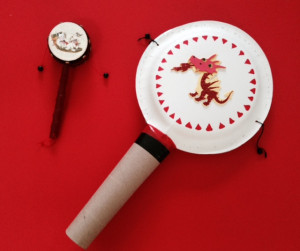 Make Your Own Bolang Gu Chinese Pellet Drum!
Make Your Own Bolang Gu Chinese Pellet Drum!
http://www.tinytappingtoes.com/chinese-mandarin/make-your-own-bolang-gu-chinese-pellet-drum/
Seven Days of Learning Mandarin Through Music
http://www.tinytappingtoes.com/chinese-mandarin/7-days-of-learning-mandarin-chinese-through-music/

